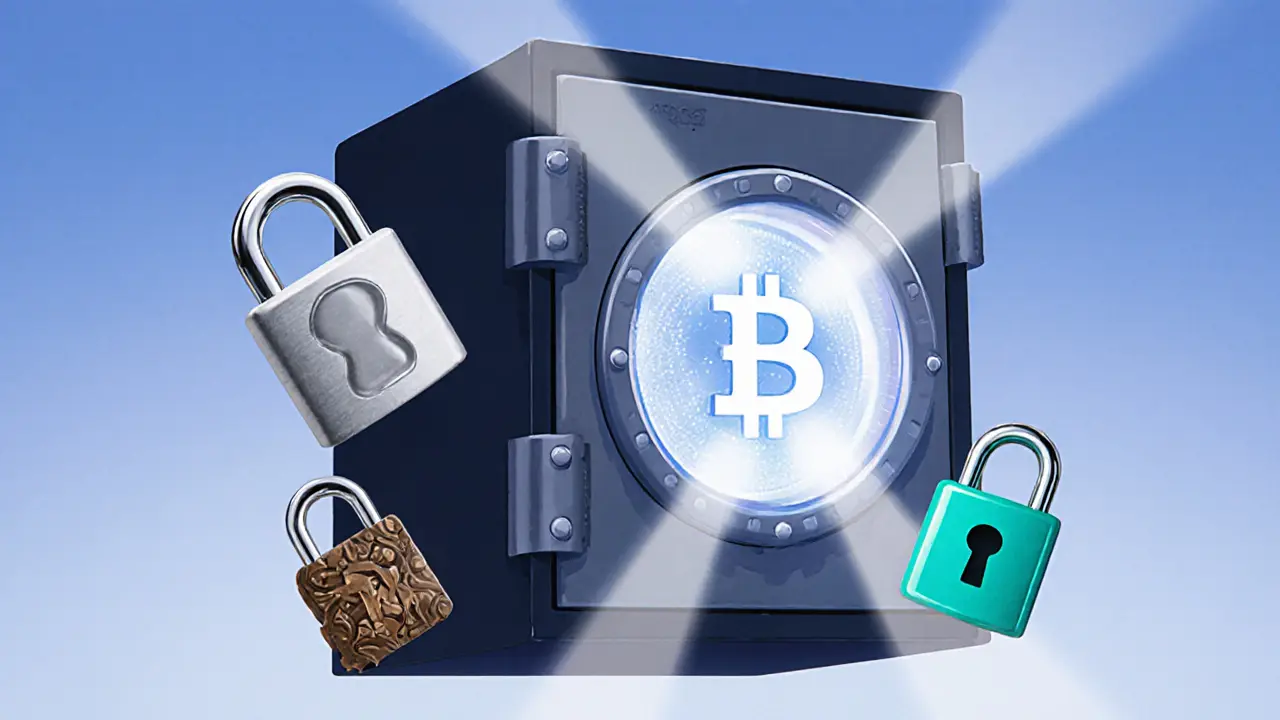Explore the most common digital signature vulnerabilities in cryptocurrency, from quantum threats to malleability and replay attacks, and learn practical mitigation steps.
Cryptocurrency Security Guides and Insights
When talking about cryptocurrency security, the practice of defending digital assets from theft, loss, or manipulation on blockchain networks. Also known as crypto security, it covers everything from private‑key hygiene to platform‑level defenses. A major piece of the puzzle is the centralized exchange, a platform that holds users' funds and executes trades on their behalf. When you trust a centralized exchange, you inherit its custodial risk, the danger that the service could lose, mismanage, or be hacked for the assets it controls. Another critical threat is the 51% attack, a scenario where an entity controls the majority of a proof‑of‑work network’s hashing power and can rewrite transaction history. Together these elements form the core of cryptocurrency security: protecting keys, choosing trustworthy platforms, and understanding network vulnerabilities.
Key Areas of Focus
Cryptocurrency security encompasses private‑key management, the practice of generating, storing, and using cryptographic keys safely, because a lost key means a lost wallet. It requires hardware wallets, offline devices that keep private keys isolated from internet threats to mitigate phishing and malware attacks. Understanding how a 51% attack influences double‑spending, the ability to spend the same coins twice by rewriting the blockchain helps you assess which networks need extra caution. Moreover, the centralized exchange environment adds layers of operational and regulatory risk, so evaluating fees, audits, and insurance policies becomes essential. By tying these concepts together—key hygiene, platform trust, and chain integrity—you build a robust defense against the most common crypto threats.
Below you’ll find a curated set of articles that walk through each of these topics in depth. Whether you’re a beginner wondering how to secure a wallet, an investor assessing the safety of an exchange, or a developer concerned about network attacks, the posts ahead break down actionable steps, real‑world examples, and up‑to‑date best practices. Dive in to see how protecting your assets starts with understanding the risks and ends with a solid security routine.

Common Digital Signature Vulnerabilities in Crypto Explained

MultiSig Wallet Security: Proven Best Practices for 2025
Learn practical MultiSig wallet security best practices for 2025, covering M‑of‑N setups, hardware wallets, time‑locks, MFA, monitoring, and recovery planning.




